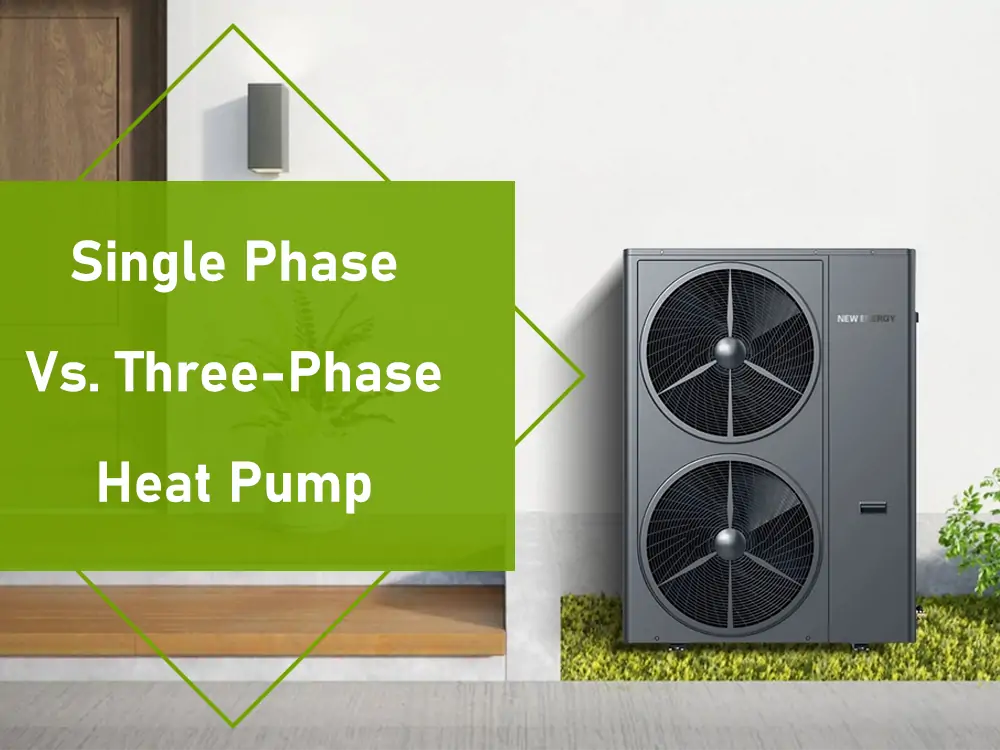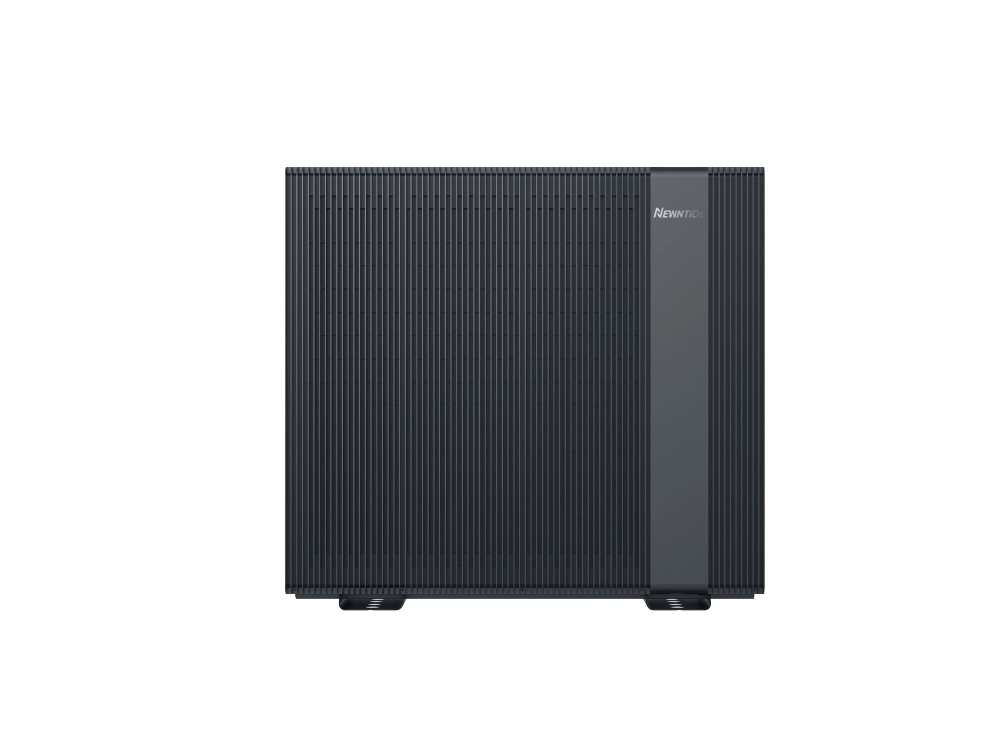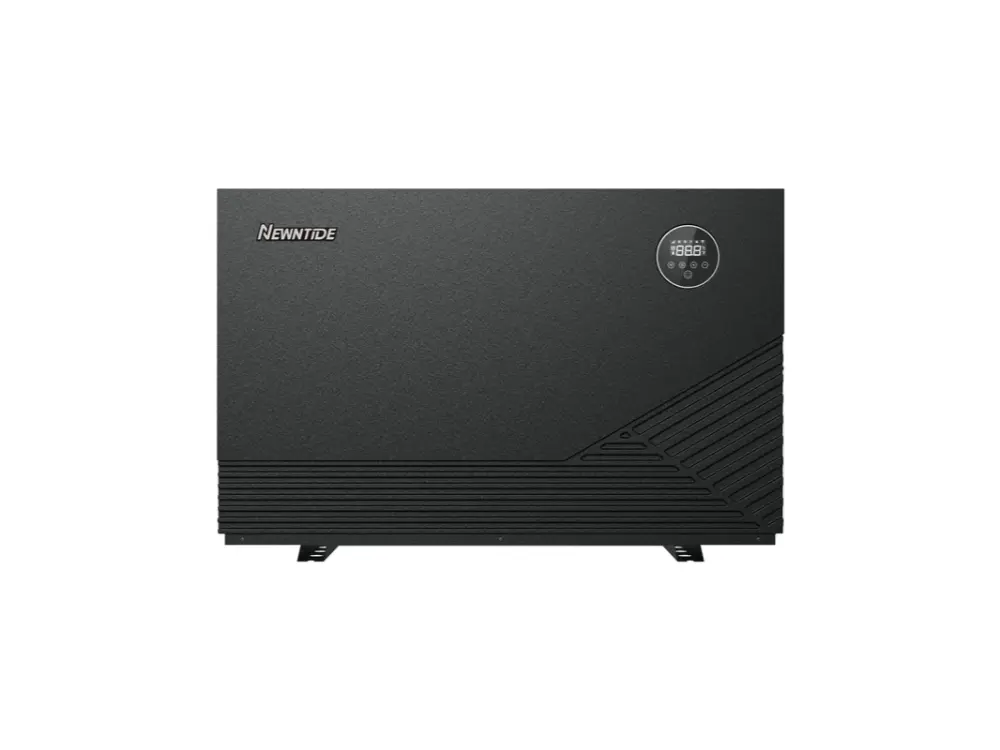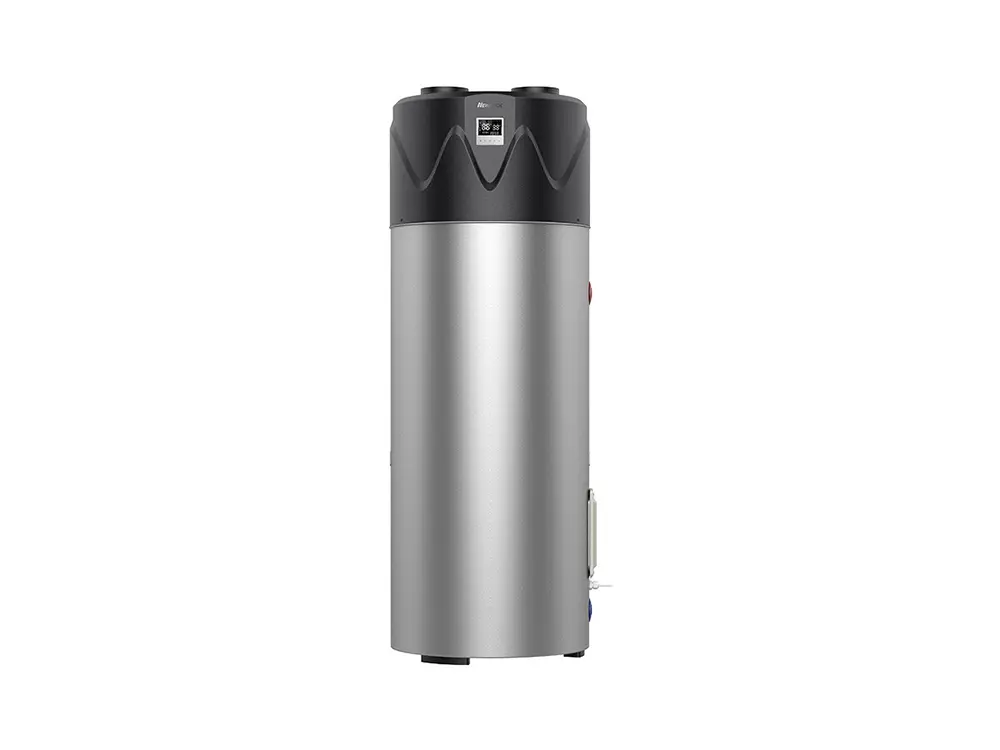
Heat pumps are a pivotal variant of Heating, Ventilation, and Air Conditioning (HVAC) units in 2025. They are a highly energy-efficient and environmentally friendly alternative to conventional heating/cooling systems. Such appliances function by transferring heat instead of generating it.
These devices are increasingly admired for household and commercial applications across Europe. When selecting a heat pump, a chief consideration is choosing a single-phase or three-phase appliance. That’s as per the electricity that such devices consume.
Here, we’ll interpret each pump variant’s meaning, pros, and cons in-depth. We’ll further elucidate the chief distinctions between these two heat pump varieties.
Lastly, we’ll provide valuable guidance on opting for the right heat pump. That’s to fulfill your household or business’s requirements precisely.
Let’s begin.
Understanding Single-Phase Heat Pumps
Meaning
As the name suggests, single-phase heat pumps utilize one electricity supply line. Such appliances function on a standard household electrical system.
Such a system generally supplies 120 to 240 volts of alternating current (AC) power. Thus, such heat systems are typically employed for small-sized residential and light commercial usages.
Moreover, single-phase heat pumps are simpler to install and typically cost less than three-phase heat pumps.
Advantages
The following are the salient upsides of single-phase heat pumps:
1. Easy installation
Such heat pump systems have an easy installation. They necessitate less complicated electrical wiring. That saves installation time and expenses.
2. More economical
Such appliances are more economical than their three-phase counterparts. That makes them an admired selection, especially for those who are budget-conscious.
3. Wide availability
Such systems have wide availability. That allows for easy accessibility for household owners and small-sized businesses.
Disadvantages
The following are the prominent disadvantages of single-phase heat pumps:
1. Less efficient
Single-phase heat pumps may not have the same efficiency levels as three-phase systems. That results in greater energy consumption and increased functional expenses over time.
2. Low power capacity
Such heat pumps flaunt a lower power capacity compared to three-phase heat pumps. That can restrict their performance in areas with elevated heating/cooling demands or large buildings.
3. More wear and tear on the motor
The single-phase motor in such heat pumps witnesses more wear and tear. That’s owing to higher electric currents, which can result in more recurrent repairs and maintenance.
Understanding Three-Phase Heat Pumps
Meaning
As you can see, a three-phase heat pump requires a three-phase electrical supply. Thus, if you have such a device, your property has three electrical lines linked to it.
Hence, the load is equally allocated between all three power lines. In other words, the three-phase electrical system provides three alternating currents. These are equally spaced out over time.
That configuration is a source of better performance and more power.
Advantages
The following are the salient advantages of three-phase heat pumps:
1. Higher power capacity
Such heat pump systems have greater power capacity than their single-phase counterparts. That permits them to efficiently cool or heat large spaces and fulfill raised demand.
2. More durable
Such heat pumps have a three-phase motor. It’s designed to deal with higher electrical currents. That makes it more long-lasting and less susceptible to wear and tear.
3. Higher energy efficiency
These heat pump systems are typically more energy efficient than single-phase ones. That’s owing to their capability to deal with larger loads. That results in a substantial lowering of costs over time.
4. Rapid response to fluctuating weather
Such units swiftly adapt to fluctuating weather conditions. This is owing to the varying-speed mechanism that quickens the cooling/heating process. That’s when the thermostat recognizes a substantial temperature shift.
Such units also encompass an alternate or secondary heating system (if needed). That ascertains there’s no needless energy usage.
5. Typically operate at a lower speed
Very often, the compressor and blower of such systems function at diminished speeds. That’s to achieve and maintain the fitting temperature in your room.
Accordingly, such systems use less electricity by a factor of two or three. Operating at reduced speeds helps lessen the appliance’s wear and tear, which leads to a longer lifespan. It also leads to fewer occurrences of malfunctioning or breakdown due to worn-out parts.
6. Safety features
Compared to older versions, the latest three-phase units have excellent safety features.
7. Require minimal maintenance
Commercial three-phase units are reliable heating/cooling solutions that require minimal maintenance.
Disadvantages
Three-phase heat pumps come with their share of disadvantages. The following are some notable ones:
1. More expensive
Such heat pumps are generally pricier than single-phase systems. This is owing to their increased complexity and greater capacity.
2. Not widely available
Such systems may not be widely available compared to single-phase devices. This is especially true for households with more prevalent 1-phase heat pumps.
3. Installation hurdles
The installation of the aforementioned heat pumps necessitates particular knowledge and equipment. That can raise the overall installation time and expenses.
Key Differences Between Single-Phase and Three-Phase Heat Pumps
Undeniably, there exist varied differences between one-phase and three-phase heat pumps. These are as follows:
Power Capacity
Typically, smaller heat pumps require a single-phase power supply. In contrast, bigger heat pump models generally use a three-phase power supply. Yet the former are ideal for a power capacity of up to 35kW.
Starting Load
When switched on, single-phase heat pumps typically have a substantial electricity uptake. That’s one of the frequent problems such appliances face. In certain households, such units can necessitate more than 20% of the electricity panel’s capacity.
On the contrary, that’s not an issue with three-phase heat pumps. They don’t need as much power to commence a heating or cooling cycle. That results in diminishing expenses when it comes to utility bills.
Unit Size
As is evident, single-phase units are typically more compact. That’s because they are fabricated for household usage.
On the other hand, 3-phase heat pumps are, for the most part, large-sized. They find more industrial and commercial applications. Yet with rapid technological advancements, three-phase systems are gaining more popularity for household usage.
In contrast, operating larger heat pumps on single-phase electricity results in varying problems. For example, compressor motors can have increased starting currents. That can lead to the lights flickering. It can further malfunction the electrical appliances that share a power outlet with your heat pump.
Wiring Requirements
As you see, single-phase heat pumps utilize 220 to 240 volts. They count on one live wire and the second neutral wire.
Conversely, a three-phase heat pump functions on 380 to 415 volts. They rely on three live wires and sometimes a neutral wire.
Installation and Setup Costs
As stated before, single-phase heat pumps are generally cheaper in terms of installation and setup costs. Some are compact, so their installation is much easier and less pricey.
Such heat pumps further necessitate less intricate electrical wiring. That diminishes both installation and setup time and expenses.
On the other hand, three-phase heat pumps involve more installation and setup expenses. That’s because it requires specialized equipment and knowledge.
Energy Efficiency and Running Costs
Three-phase heat pumps lead in efficiency and running expenses. These appliances can handle larger loads, making them more energy efficient.
In turn, that brings about a substantial lessening of cost over time. These systems can furthermore meet elevated demands and perform heating/cooling efficiently.
In contrast, single-phase heat pumps may not be as efficient as three-phase systems. This can result in greater energy consumption and higher operating expenses over time.
That doesn’t mean such single-phase systems won’t lessen your energy bills. They do, but not to the extent of the three-phase heat pump.
How to Choose the Right Heat Pump for Your Needs
As you know now, single-phase and three-phase heat pumps are distinct. Each heat pump variant has its share of pros and cons.
Selecting the fitting heat pump system for your cooling/heating relies on various factors. Some of these encompass:
- Your specific needs
- Budget
- Electrical infrastructure
Single-phase units are easier and more cost-efficient to install. Yet they are more suitable for households. Such devices aren’t suitable for larger buildings or areas with elevated heating and cooling demands.
You can opt for three-phase heat pumps if you need:
- Greater power capacity
- More durability
- Higher energy efficiency
Such heat pumps are typically more expensive and can have more installation hurdles.
The intended target market of both these heat pumps is also paramount. That plays a decisive role in the heat pump installation.
Most households in the United Kingdom (UK) are supplied with single-phase electricity. In contrast, most of the rest of Europe has a three-phase electricity supply.
That can affect the suitability and availability of heat pumps for the UK and the rest of Europe. Thus, heat pumps fabricated for the European market may typically not suit the UK domestic supply.
Conclusion
Single-phase and three-phase are two categories of heat pumps based on the electricity they consume. The former employs a single-phase electricity supply while the latter uses a three-phase one.
For the most part, single-phase devices are economical, compactly sized, and intended for household usage.
Their three-phase counterparts are costlier and generally employed for commercial applications. Such three-phase appliances are typically more efficient than single-phase units. However, with the latest evolving technology, three-phase units are gradually being adopted for home usage.
When selecting one for your household or business, consider various factors carefully. These can encompass your location’s electrical infrastructure, budget, and specified requirements.
Then, you can choose wisely (e.g., selecting a 1-phase or 3-phase air-source heat pump).



